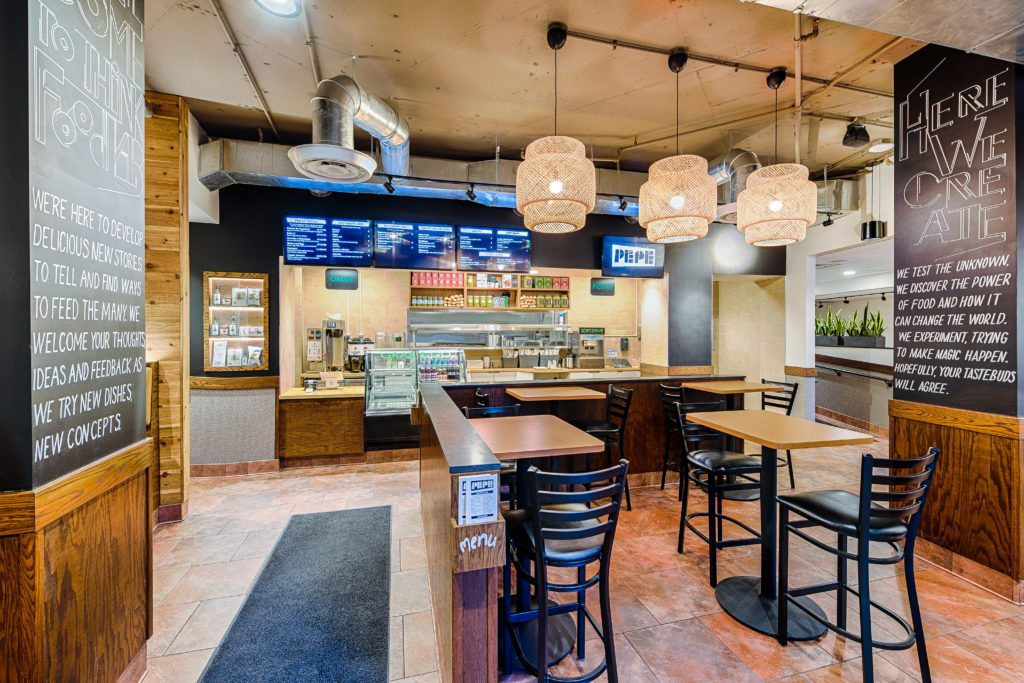Chefs+Tech: How Food Psychology Affects Restaurants Large and Small

Skift Take
Restaurant menus aren't random, they're carefully crafted and chosen with more in mind than taste alone — especially when it comes to chains.
Editor's Note: In September we announced that Skift was expanding into food and drink with the addition of the Chefs+Tech newsletter.
We see this as a natural expansion of the Skift umbrella, bringing the big-picture view on the future of dining out, being fanatically focused on the guest experience, and at the intersection of marketing and tech.
We publish C+T twice weekly.
Food Psychology and Restaurants
Remember that episode of Portlandia where Steve Buscemi plays a celery salesman who gets to meet the man behind bacon’s rise to menu prominence? Turns out, the story isn’t all that far-fetched — there was a bacon guy. (In the early 1920s, even). It was the early start of food psychology, fascinating manipulation and signals that shape how we eat. (In short, the “bacon guy” was a representative from a packaging company who got one doctor to ask 5,000 other doctors if a hearty breakfast was better than the traditional-at-the-time breakfast of coffee and a roll. When 4,500 of them agreed that sure, a big breakfast is great, he wrote up the results and publicized the results to newspapers around the country.) Thus, the bacon-and-eggs breakfast and food psychology came to pass.
The Ringer tells this and also the super interesting story of a modern-day food psychologist who conducted and publicized (and publicized) tons of food studies that have gone on to shape how we eat. He’s credited with suggesting t
